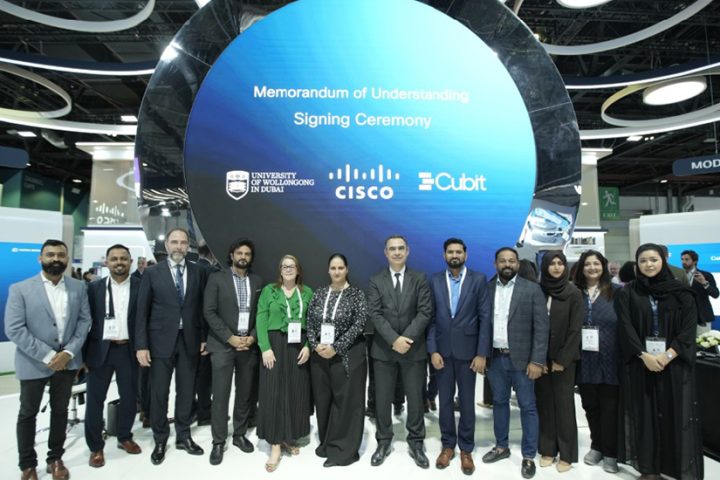Cisco has introduced a new virtual appliance for its AppDynamics On-Premises application observability offering. This allows customers to use a self-hosted observability solution powered by AI for anomaly detection, root cause analysis, application security, and SAP monitoring. These innovations help IT operations teams detect application performance anomalies faster and more accurately, protect against security vulnerabilities, and maintain the performance of SAP applications and business processes. Cisco also announced AppDynamics Flex, a new licensing model that gives customers the option to choose between self-hosted and Software-as-a-Service (SaaS) observability offerings and supports them through the transition from self-hosted to SaaS when the time is right for their business.
While SaaS observability solutions have seen a surge in demand, self-hosted observability solutions remain popular for many organizations. Self-hosted, or customer-managed observability, allows for on-premises or cloud-based deployments where the customer maintains control of all data and operations. This is often driven by regulations for data residency and sensitive data protection, especially in regions without a local SaaS presence. Industries like public sector, finance, manufacturing, healthcare, and retail benefit from self-hosted solutions, ensuring they can monitor critical business systems end-to-end and deliver exceptional digital experiences to customers.
“Many of our customers continue to rely on self-hosted observability to manage business critical applications, and we are thrilled to deliver these AI-powered innovations as part of Cisco AppDynamics On-Premises for the first time,” said Ronak Desai, Senior Vice President and General Manager, Cisco AppDynamics and Full-Stack Observability. “Customers can now use this virtual appliance together with our Smart Agent capability to deploy new innovations faster and simplify lifecycle operations.”
The new innovations include:
- AI-Powered Detection and Remediation with Cognition Engine: Improve the accuracy of anomaly detection by leveraging dynamic baseline performance to understand what normal looks like against historical trend data, in turn reducing the mean time to identify (MTTI) for application performance issues. Performance issues can then be resolved faster with root cause analysis and automated transaction diagnostics – analyzing a continuous stream of transaction snapshots that capture events used in proactive performance troubleshooting. This enables IT operations to home in on the problem area and make use of intelligent suggestive issue identification.
- Application Security: Cisco Secure Application allows customers to locate and highlight application security vulnerabilities with application context, and then leverage an automated business risk score that combines application intelligence and security intelligence, allowing them to prioritize their response by business impact. The addition of Runtime Application Self-Protection (RASP) enables organizations to defend the business from exploits that target application vulnerabilities.
- A Resilient SAP Landscape: Customers can ensure service availability and performance with full-stack observability for on-premises SAP and non-SAP environments, surfacing insights to address performance issues before they impact the business. Cisco brings resiliency into the SAP landscape with application performance, augmented by AI-powered intelligence for the Java stack, enabling SAP developers and BASIS admins to ensure service availability, align performance with SAP business outcomes, and discover SAP related security vulnerabilities to mitigate risk.
- Self-Hosted Offerings in Amazon Web Services (AWS) and Microsoft Azure: In addition to on-premises deployments, customers can manage their own observability deployments in AWS or Microsoft Azure by using the Amazon Machine Instance (AMI) or Virtual Hard Disk (VHD) images of the virtual appliance. This is valuable when a SaaS instance is not available in the country where a sensitive workload needs to be monitored, or when a customer wants to retain full control of the observability solution.


















